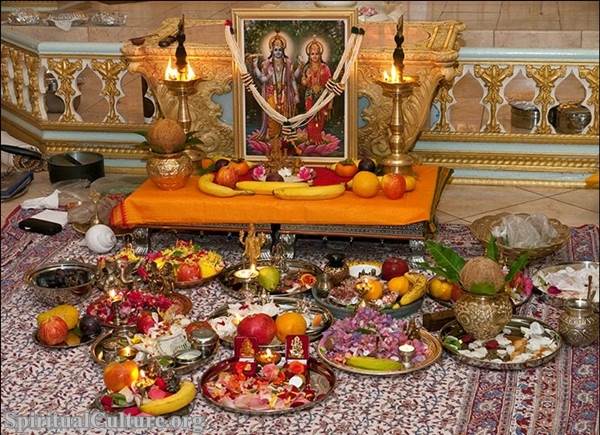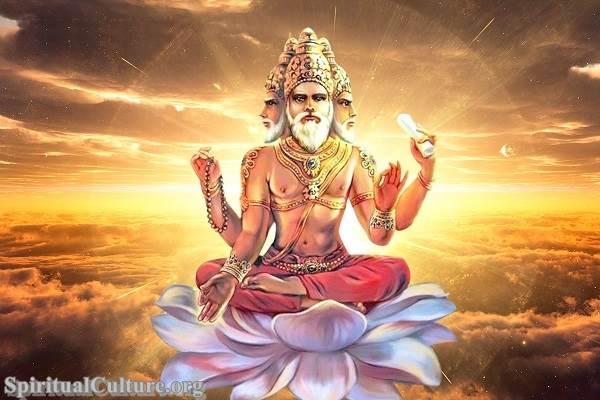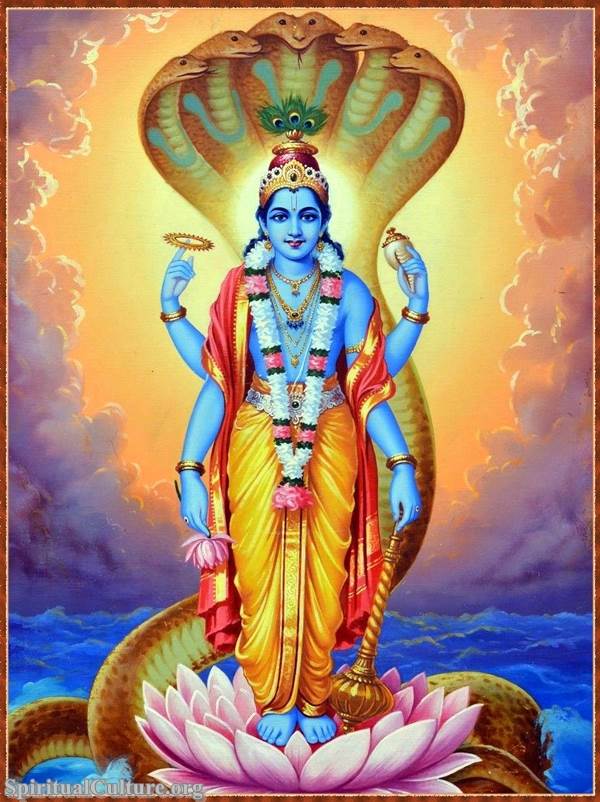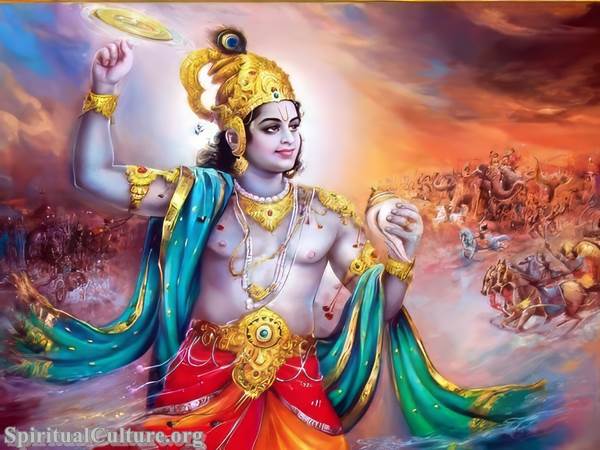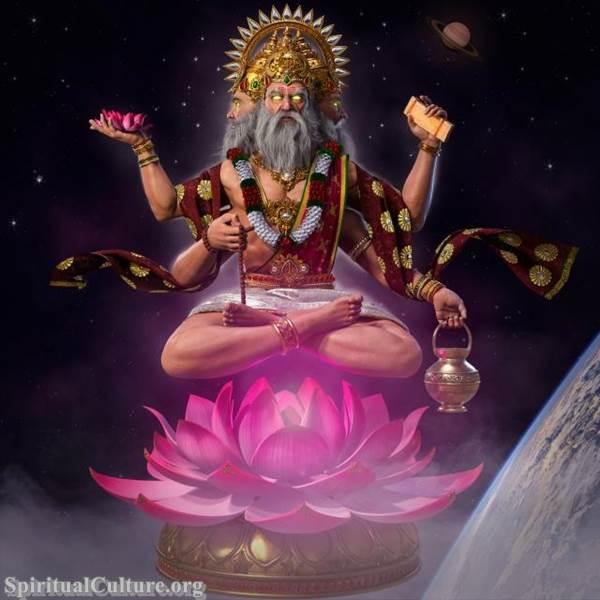Throughout human history, the forehead has been viewed as a sacred space. A place between the eyes, above the mind—where thought, spirit, and identity converge. Across the Indian subcontinent and in several spiritual traditions, this space is often adorned with markings known as the Tilaka, Bindi, or other culturally specific names. But these are not mere decorations. They are symbols rich in theology, philosophy, and personal devotion.
In this article, Spiritual Culture invites you to explore the deep meaning behind the Tilaka and forehead markings—how they transcend cosmetics and reveal a world of inner life, cosmic order, and spiritual belonging. We’ll journey through Hinduism, Jainism, Vaishnavism, Shaivism, and beyond, to uncover the story the forehead tells when touched by sacred ash, sandalwood paste, or vermilion red.
The Tilaka as a Sacred Sign: More Than a Mark
A Forehead That Speaks
From the moment a Tilaka is drawn on the forehead, it begins to speak. Not in sound, but in sign. The vertical, horizontal, or circular shape is not just style—it signals belief, lineage, and purpose. In many dharmic religions, the forehead is considered the seat of the ajna chakra—the center of intuition and divine perception. Thus, to mark it is to consecrate it. To make it visible is to declare something invisible.
“Let every action of yours be a declaration of your inner truth.” — Bhagavad Gita-inspired reflection
From Ash to Abundance: The Materials Matter
The material used in a Tilaka often tells a story. Sacred ash (vibhuti), red vermilion (kumkuma), turmeric, sandalwood paste, clay from holy rivers—each is chosen for a reason:
- Vibhuti (Sacred Ash): Often associated with Shaivism, this symbolizes the transient nature of life and the power of spiritual purification.
- Kumkuma (Red Vermilion): Common in Vaishnava traditions and often worn by married Hindu women, it signifies life force, marital status, and auspiciousness.
- Chandan (Sandalwood Paste): Cooling and fragrant, used across sects to symbolize purity, clarity, and devotion.
- Gopi Chandan (Clay from Vrindavan): For Gaudiya Vaishnavas, it signifies surrender to Krishna and purity of heart.
Each substance is not just a medium—it carries spiritual weight. It touches the body to awaken the soul.
Sectarian Identity and Divine Devotion
Shaivite Tilaka: The Power of Three Lines
In Shaivism, followers of Lord Shiva often wear three horizontal lines across the forehead made of sacred ash, called tripundra. These lines symbolize many triads:
- The three gunas: sattva, rajas, tamas
- The three worlds: physical, mental, and spiritual
- The three syllables of AUM
The ash itself reminds devotees of the impermanence of life and the need for renunciation.
“From dust you came, to dust you return. And in that dust, find your liberation.” — Shaiva teaching
Vaishnavite Tilaka: The Path to Vishnu
Vaishnavas (devotees of Vishnu and his avatars) often wear a vertical U-shaped Tilaka, sometimes with a central line representing the Lord’s footprint or consort Lakshmi. It typically runs from the root of the nose up the forehead and is made with Gopi chandan.
This Tilaka expresses surrender, humility, and joy in service. It is a mark of divine belonging—“I am of Him.”
“He who offers himself in devotion, I accept with love.” — Bhagavad Gita 9:26
Shakta Marks: Power and Protection
Devotees of the Divine Mother (Devi, Kali, Durga) may wear red kumkuma or turmeric on the forehead. It can symbolize Shakti (divine feminine energy), protection, and inner fire. The color red reflects life, blood, and passion for the divine.
These marks are also seen during Navaratri and temple visits, offering a personal channel to cosmic energy.
The Bindi and Feminine Sacredness
A Dot That Holds the Cosmos
In many parts of India, women wear a red dot on the forehead known as a bindi. While it has cultural expressions in fashion today, the original significance is deeply spiritual. It represents the third eye, the point of spiritual insight, the center of divine consciousness.
In married women, the bindi is also a sign of their status and protective grace for the family. Yet its symbolism transcends status—it affirms the power of feminine consciousness.
“The Divine resides where woman is honored.” — Manusmriti 3.56
The Evolving Bindi: From Ritual to Identity
Today, bindis have entered global fashion. Yet even when worn decoratively, they whisper of a deep truth: the body can be a vessel of meaning. A small dot, worn in awareness, becomes a spiritual act.
Spiritual Culture sees this as an invitation: to let every outward sign reflect inward awareness.
The Tilaka in Jainism and Beyond
Jain Forehead Marks: Simplicity and Soul
In Jain tradition, especially among some monastic orders, forehead markings include a small white sandalwood dot or stripe, symbolizing spiritual purity, non-violence, and renunciation. It is subtle, simple, and silent—much like the soul’s journey toward liberation (moksha).
This minimalism is not emptiness—it is a fullness of intent. The less there is, the more it means.
Sikhism, Buddhism, and Regional Variations
While Tilaka is less prominent in Sikh and Buddhist practices, there are parallels in ritual marking:
- Sikh Initiation (Amrit Sanchar): Involves five outward signs (panj kakars), including the turban covering the head—a crown of honor.
- Tibetan Buddhism: During empowerment rituals (wang), a lama may mark the forehead of initiates with sacred substances, symbolizing entry into a spiritual lineage.
The Spiritual and Psychological Dimensions
Forehead Markings as Spiritual Anchors
These symbols do more than signal identity—they shape behavior. Wearing a Tilaka or bindi reminds the individual: you are not only flesh and blood. You are connected, consecrated, chosen.
Marking the forehead can be an act of sankalpa—a spiritual intention for the day. Just as uniforms guide soldiers, these marks guide the soul.
The Ajna Chakra and Inner Vision
Forehead markings align with the ajna chakra in yogic tradition—also known as the third eye. This is the seat of perception, clarity, and higher awareness. To touch it with sacred substance is to remind the self of its divine purpose.
“The light of the body is the eye: if therefore your eye is single, your whole body shall be full of light.” — Matthew 6:22
Across East and West, the symbolism of the brow echoes a common intuition: the spirit has a seat, and the eye of the heart can be opened.
Reflect and Reimagine
What does it mean to mark the body with intention?
To walk the world bearing signs of your devotion, lineage, or soul’s longing? Whether through sacred ash, fragrant paste, or a simple dot of red, the forehead becomes a canvas of truth.
The Tilaka and other forehead markings are not relics of the past. They are living signs—offered daily in temples, homes, and hearts. They call us to remember who we are, and Whose we are.
Spiritual Culture invites you to pause and ask:
What symbol would you wear if it could express your deepest truth?
And more importantly—are you living that truth today?
Let every mark be mindful. Let every gesture be sacred. Let your body become a temple of meaning.
